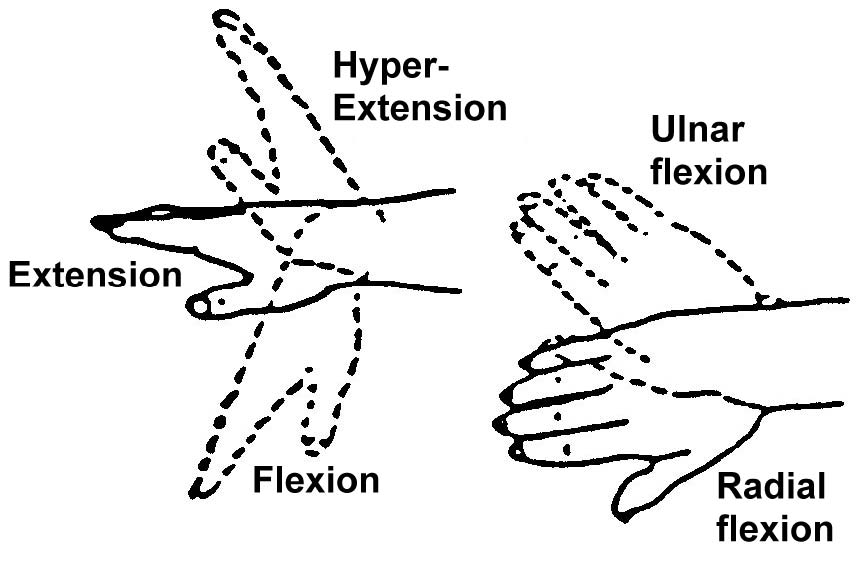

If there is limited range of extension, it is called " flexion contracture" or " flexion deformity". Limited range of motion can affect extension or flexion. Pain, swelling, and stiffness associated with arthritis can limit the range of motion of a particular joint and impair function and the ability to perform usual daily activities. The reduced motion may be a problem with the specific joint or it may be caused by injury or diseases such as osteoarthritis, rheumatoid arthritis, or other types of arthritis.

Limited range of motion refers to a joint that has a reduction in its ability to move. Recent technological advances in 3D motion capture technology allow for the measurement of joints concurrently, which can be used to measure a patient's active range of motion. As measurement results will vary by the degree of resistance, two levels of range of motion results are recorded in most cases. For example, as an individual ages, they typically lose a small amount of ROM.Īnalog and traditional devices to measure range of motion in the joints of the body include the goniometer and inclinometer which use a stationary arm, protractor, fulcrum, and movement arm to measure angle from axis of the joint. The reference values for the normal ROM in individuals differ slightly depending on age and gender. The act of attempting to increase this distance through therapeutic exercises (range of motion therapy- stretching from flexion to extension for physiological gain) is also sometimes called range of motion.Įach specific joint has a normal range of motion that is expressed in degrees. For example, a sound volume control knob.Īs used in the biomechanics field and by weightlifters, range of motion refers to the distance and direction a joint can move between the flexed position and the extended position. It is also called range of travel (or ROT), particularly when talking about mechanical devices and in mechanical engineering fields. Range of motion (or ROM), is the linear or angular distance that a moving object may normally travel while properly attached to another. It has been suggested that this article should be split into articles titled Range of motion (mechanical engineering) and Range of motion (biomechanics).


 0 kommentar(er)
0 kommentar(er)
